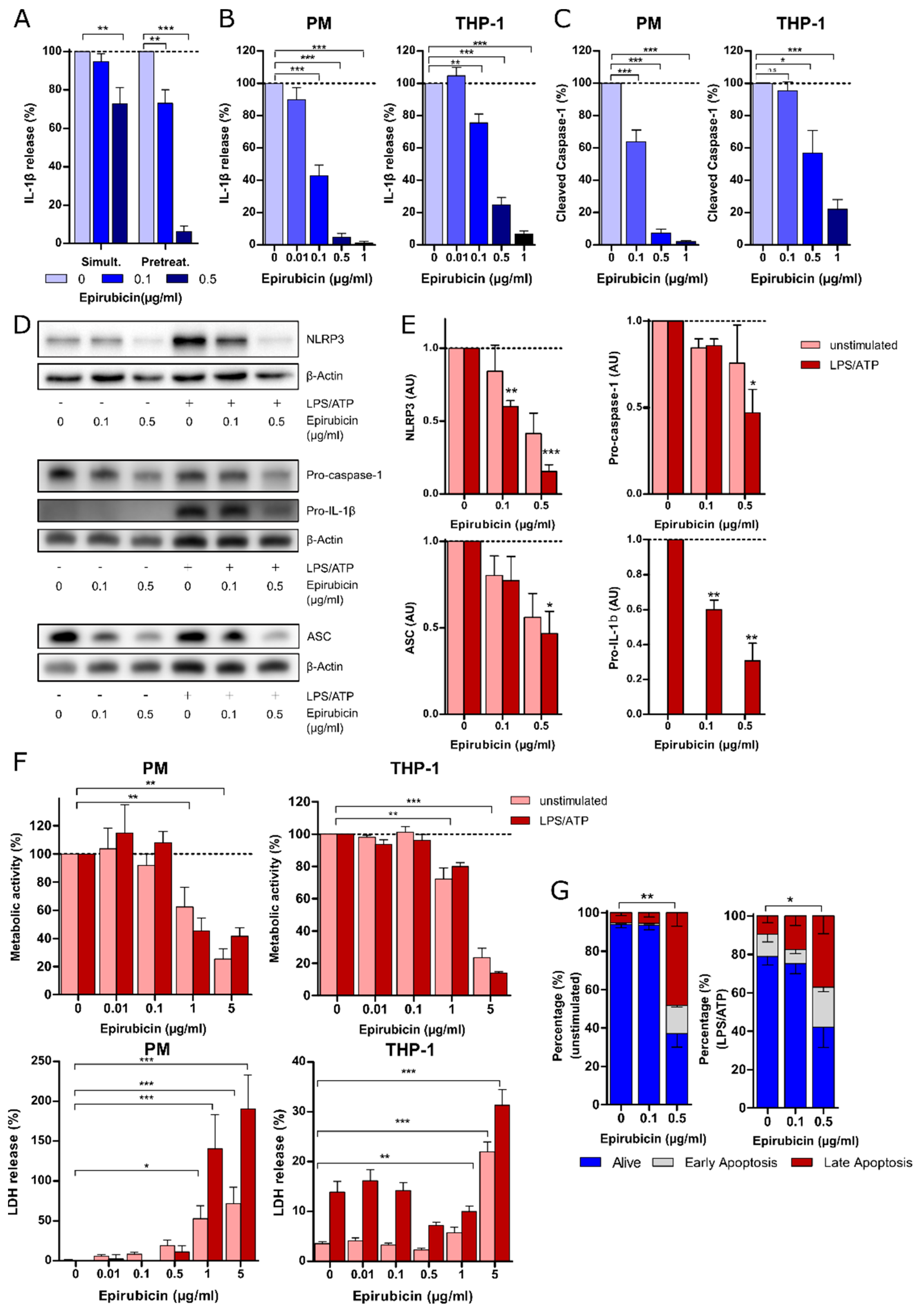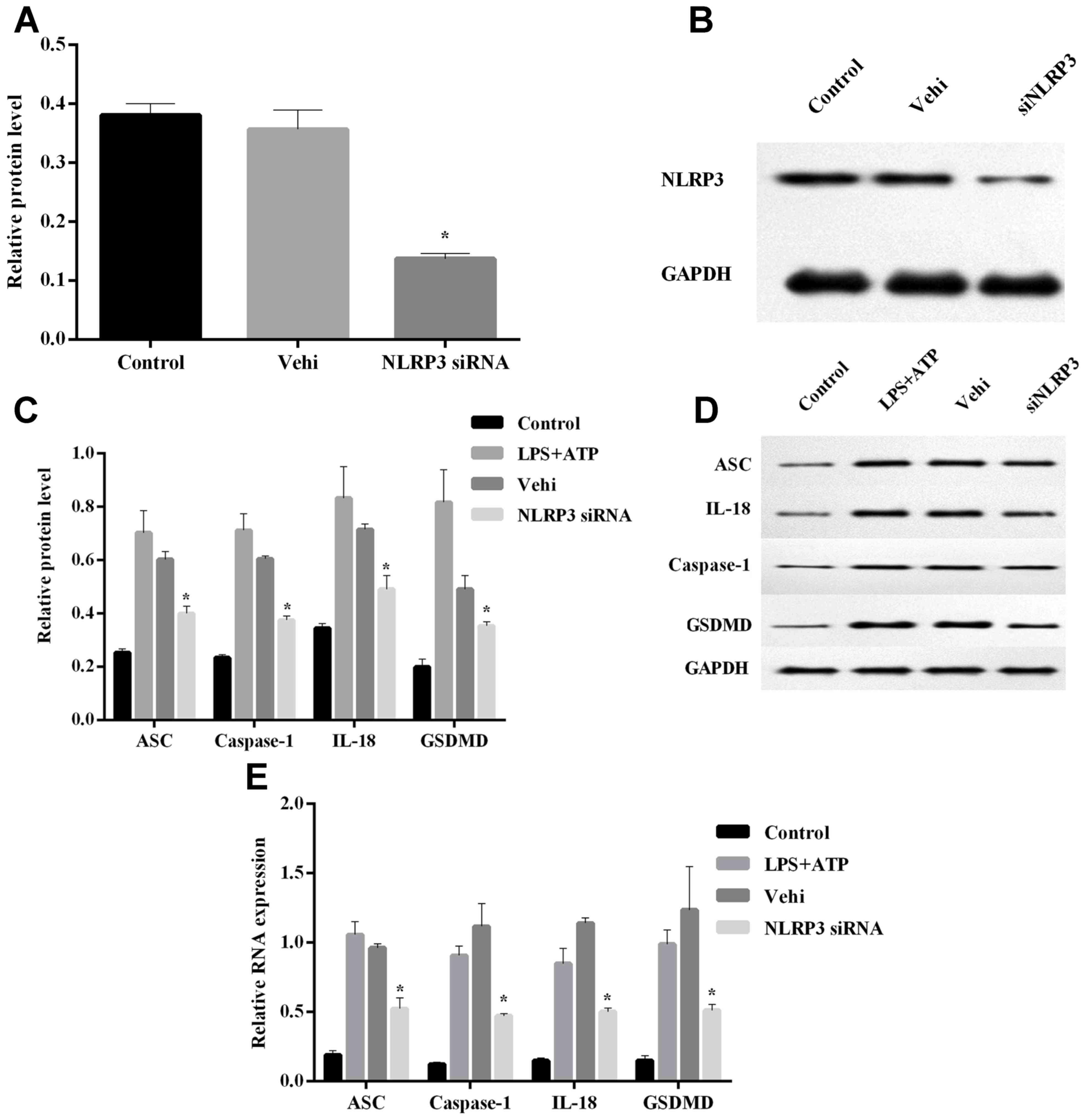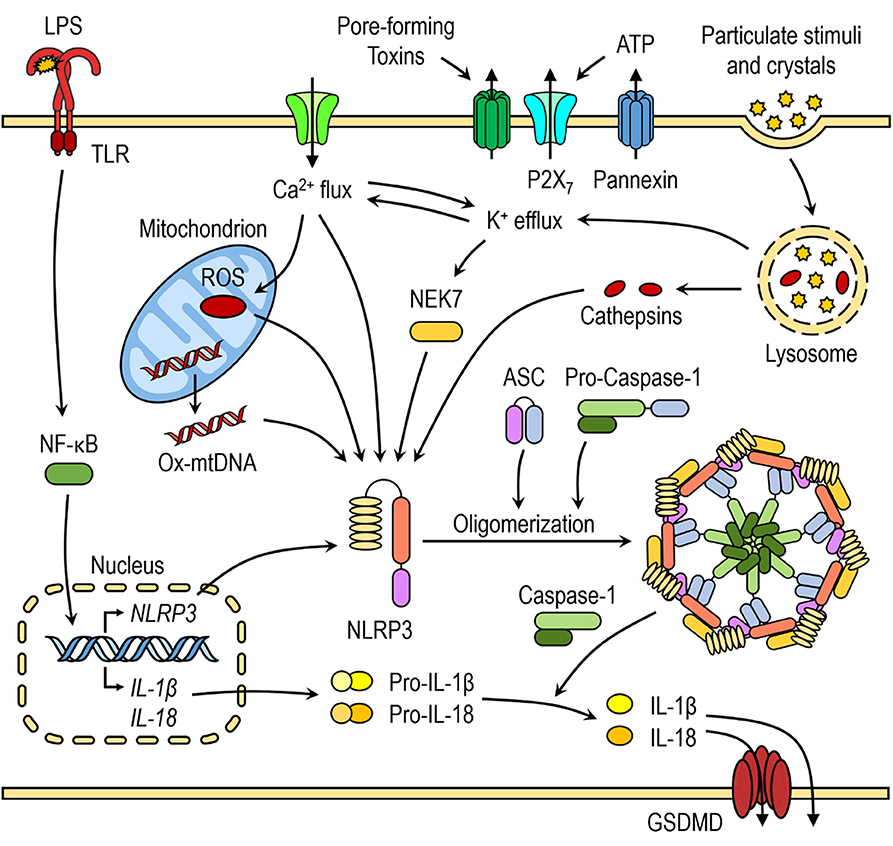Polyenylpyrrole Derivatives Inhibit NLRP3 Inflammasome Activation and Inflammatory Mediator Expression by Reducing Reactive Oxygen Species Production and Mitogen-Activated Protein Kinase Activation | PLOS ONE

Molecular hydrogen inhibits lipopolysaccharide-triggered NLRP3 inflammasome activation in macrophages by targeting the mitochondrial reactive oxygen species - ScienceDirect
Autocrine Regulation of Macrophage Activation via Exocytosis of ATP and Activation of P2Y11 Receptor | PLOS ONE
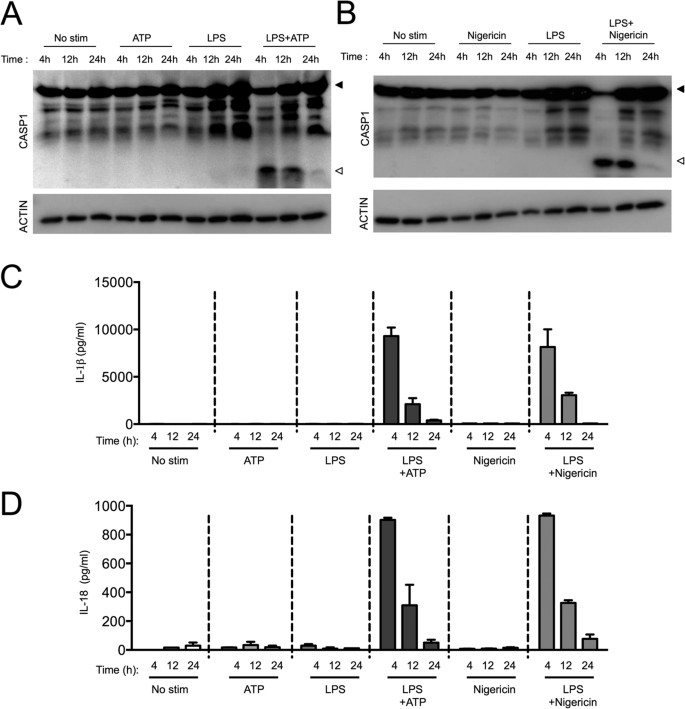
Chronic TLR Stimulation Controls NLRP3 Inflammasome Activation through IL-10 Mediated Regulation of NLRP3 Expression and Caspase-8 Activation | Scientific Reports

Mechanisms that lead to the regulation of NLRP3 inflammasome expression and activation in human dental pulp fibroblasts - ScienceDirect

Exogenous hydrogen sulfide mitigates LPS + ATP-induced inflammation by inhibiting NLRP3 inflammasome activation and promoting autophagy in L02 cells | SpringerLink
ATP/P2X7 receptor signaling as a potential anti-inflammatory target of natural polyphenols | PLOS ONE
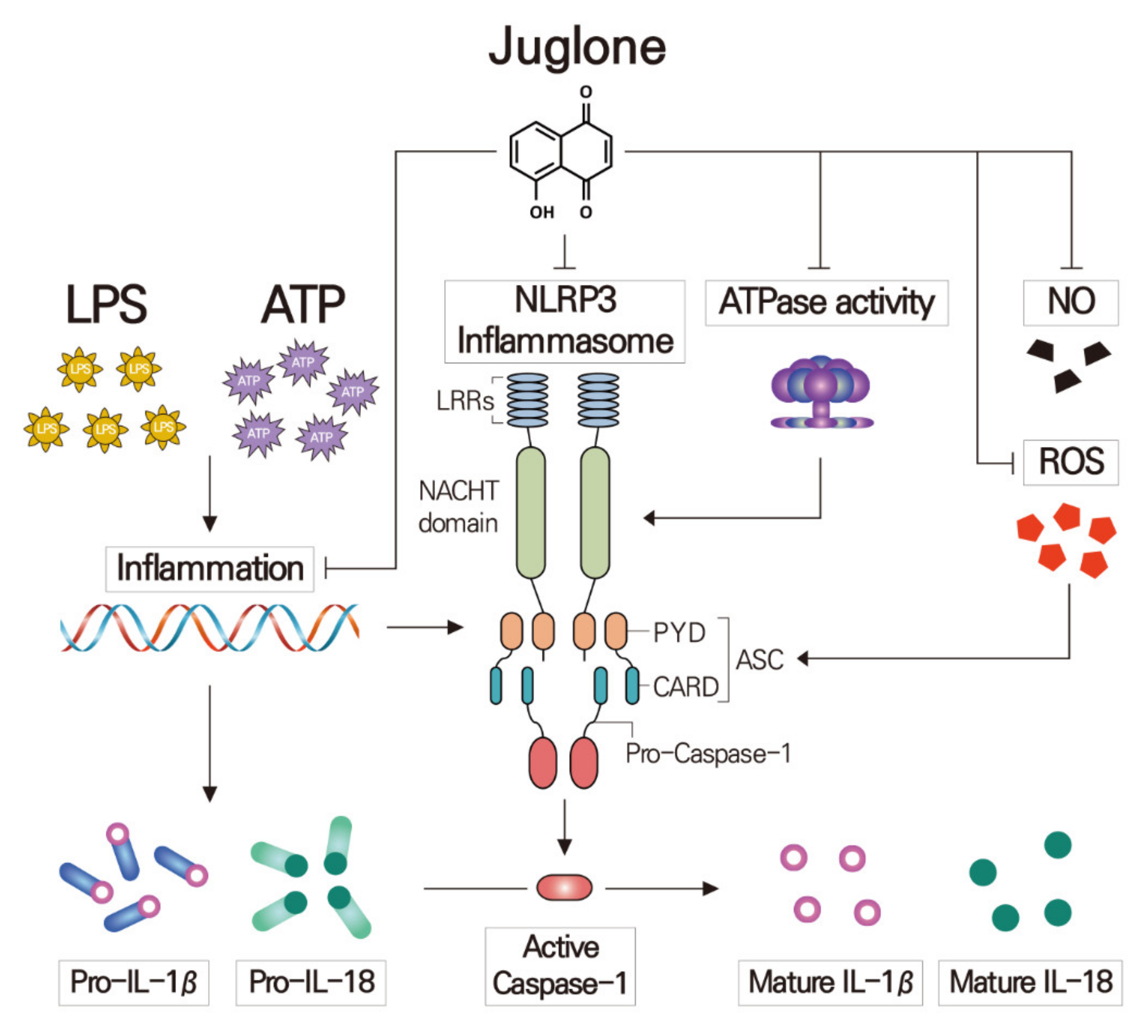
Molecules | Free Full-Text | Juglone Suppresses LPS-induced Inflammatory Responses and NLRP3 Activation in Macrophages
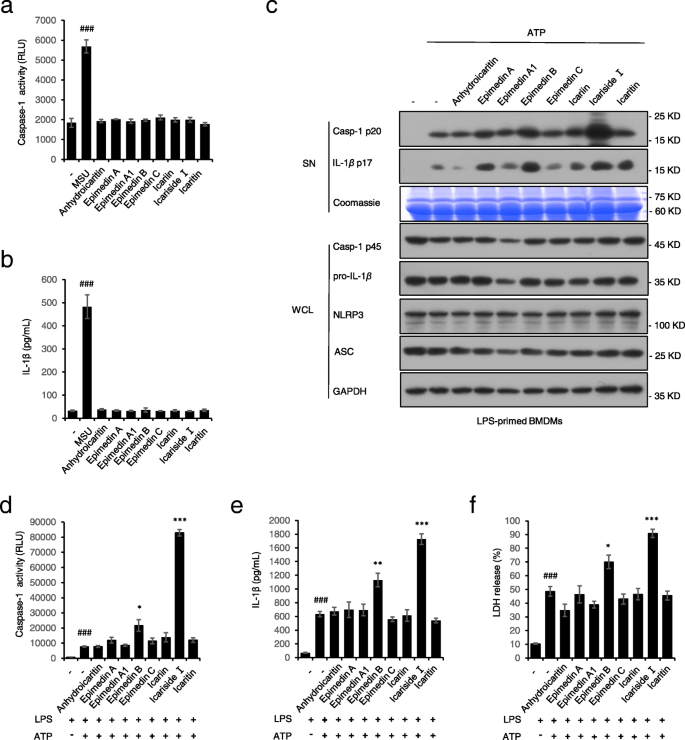
Icariside I specifically facilitates ATP or nigericin-induced NLRP3 inflammasome activation and causes idiosyncratic hepatotoxicity | Cell Communication and Signaling | Full Text
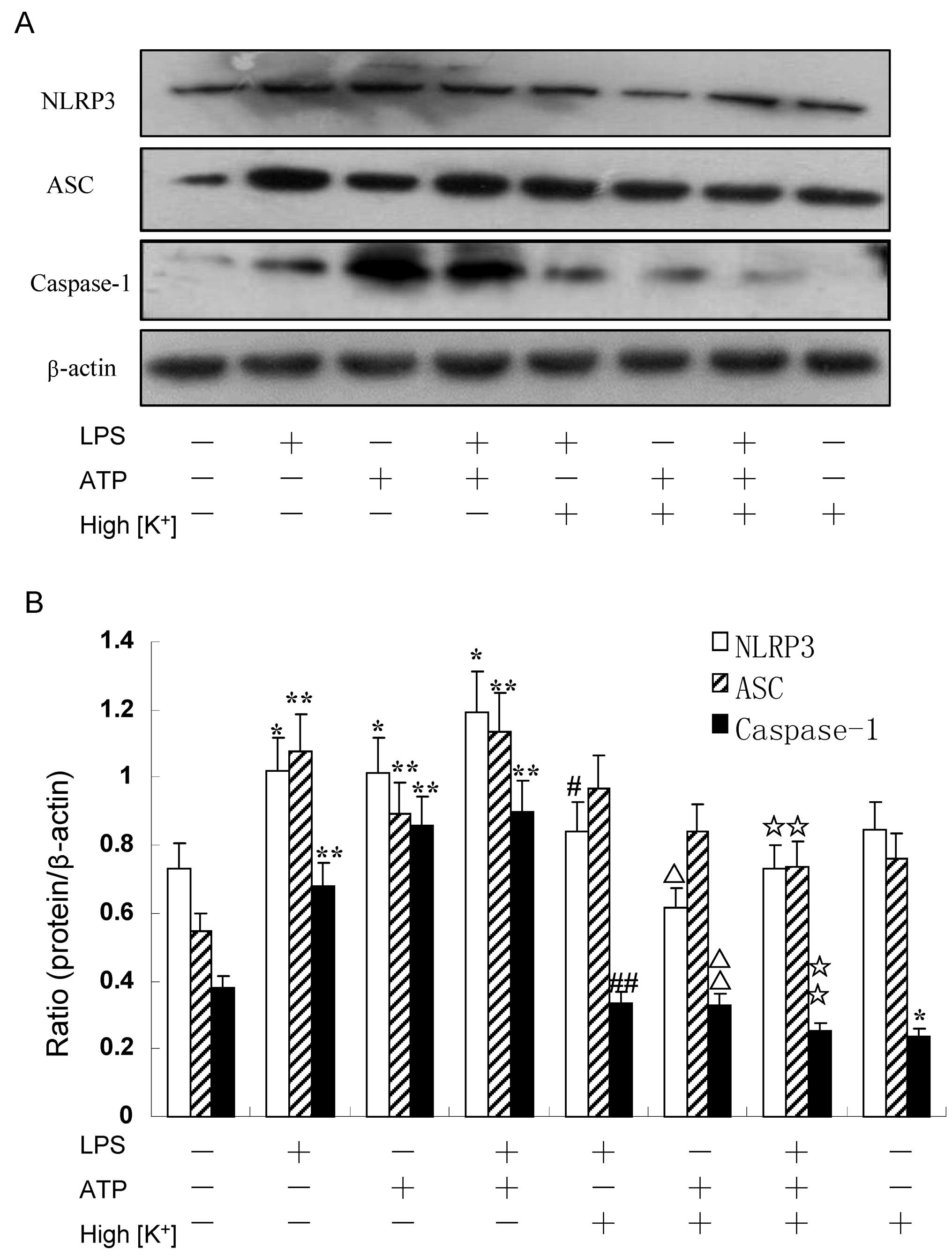
Lipopolysaccharide/adenosine triphosphate induces IL‑1β and IL-18 secretion through the NLRP3 inflammasome in RAW264.7 murine macrophage cells
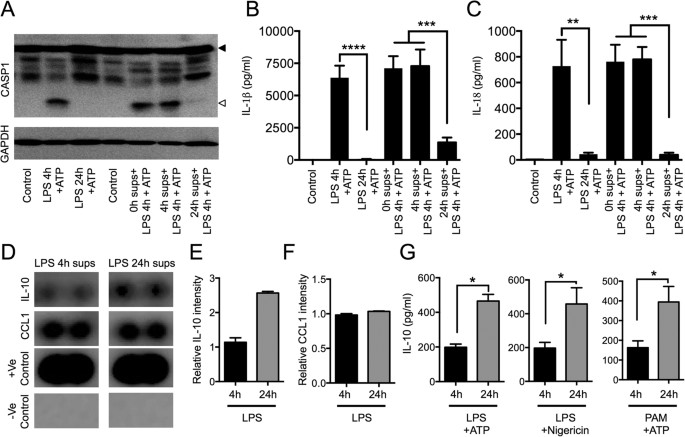
Chronic TLR Stimulation Controls NLRP3 Inflammasome Activation through IL-10 Mediated Regulation of NLRP3 Expression and Caspase-8 Activation | Scientific Reports
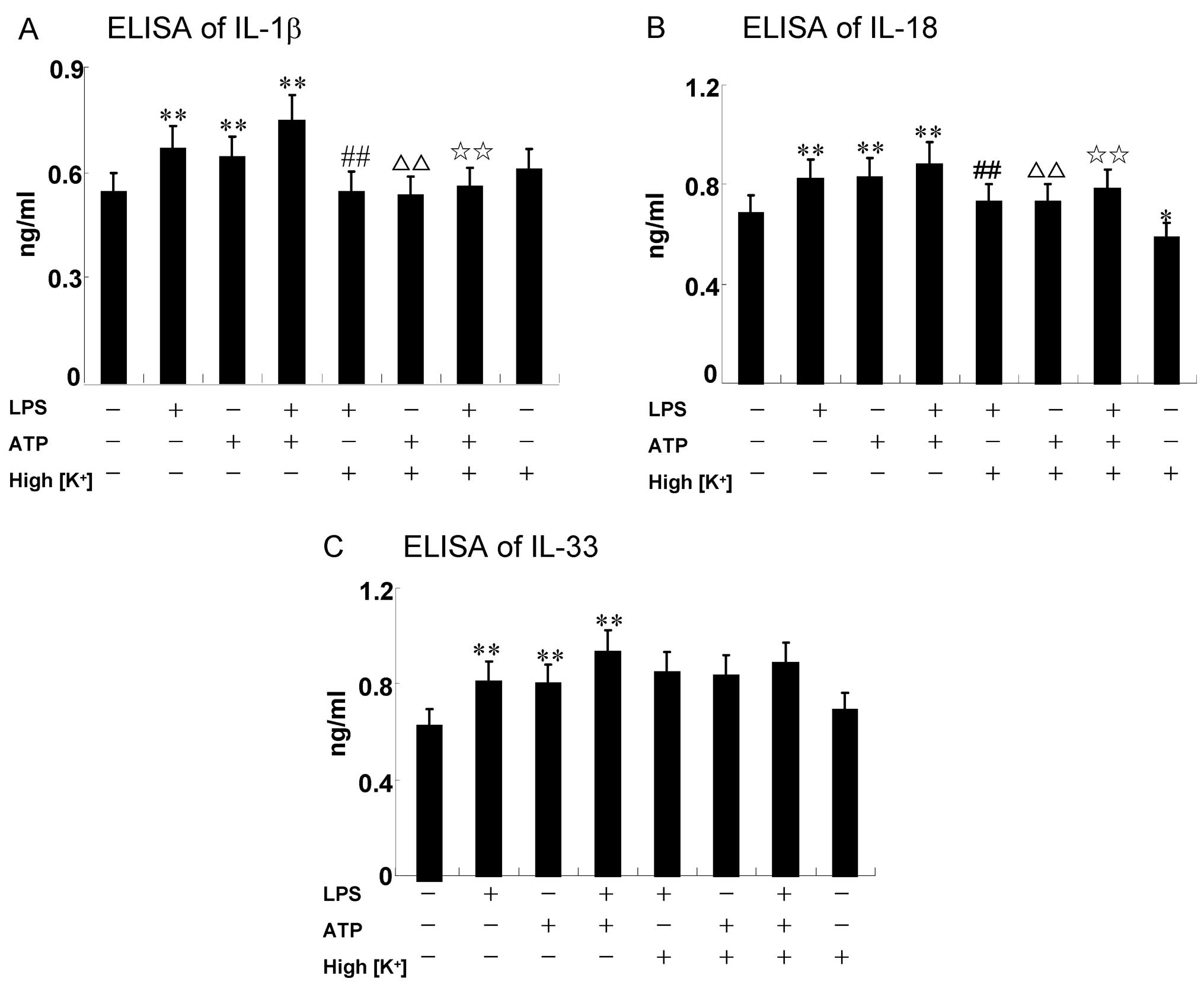
Lipopolysaccharide/adenosine triphosphate induces IL‑1β and IL-18 secretion through the NLRP3 inflammasome in RAW264.7 murine macrophage cells

Neutrophil P2X7 receptors mediate NLRP3 inflammasome-dependent IL-1β secretion in response to ATP | Nature Communications

ATP is released by monocytes stimulated with pathogen-sensing receptor ligands and induces IL-1β and IL-18 secretion in an autocrine way | PNAS
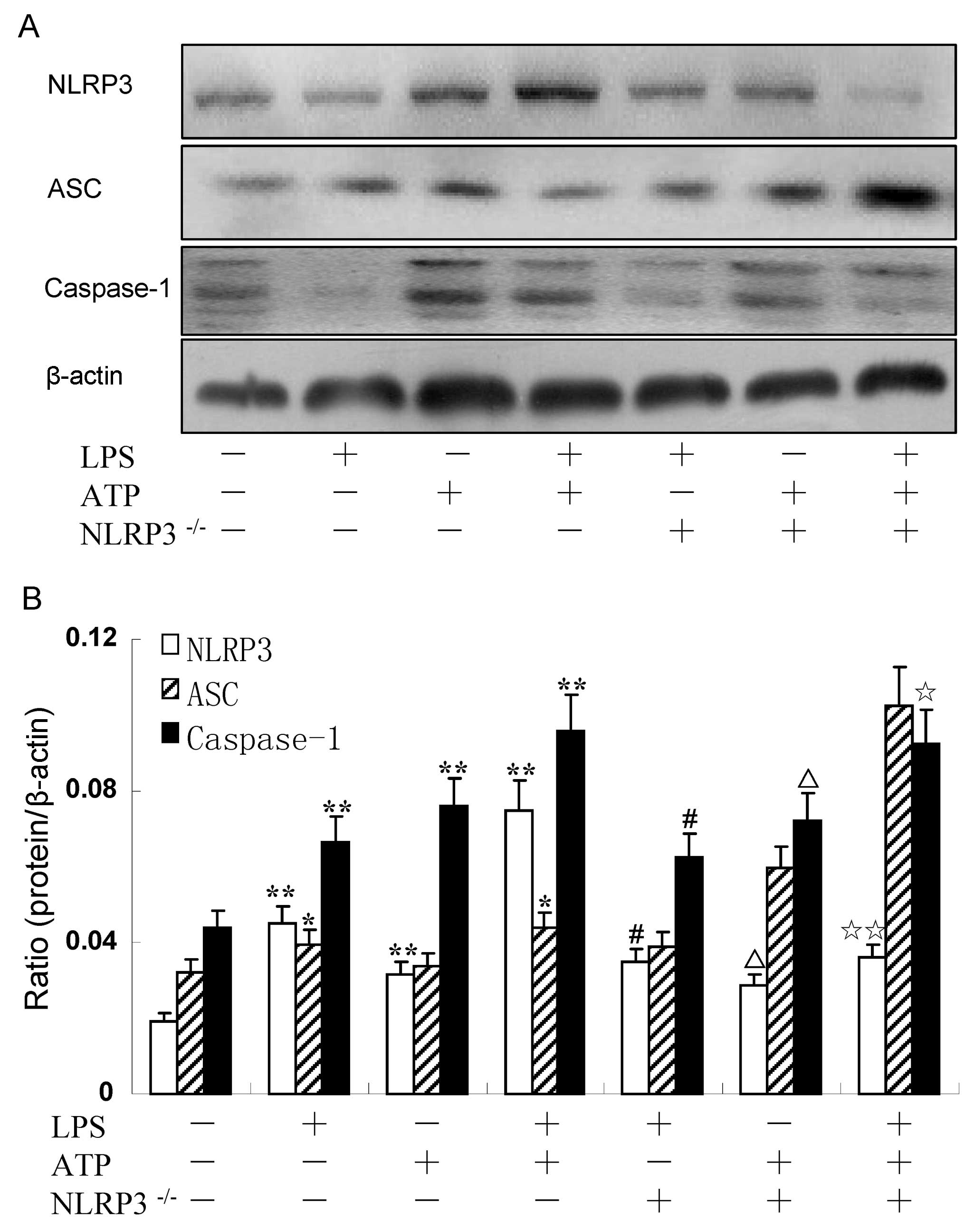
Lipopolysaccharide/adenosine triphosphate induces IL‑1β and IL-18 secretion through the NLRP3 inflammasome in RAW264.7 murine macrophage cells
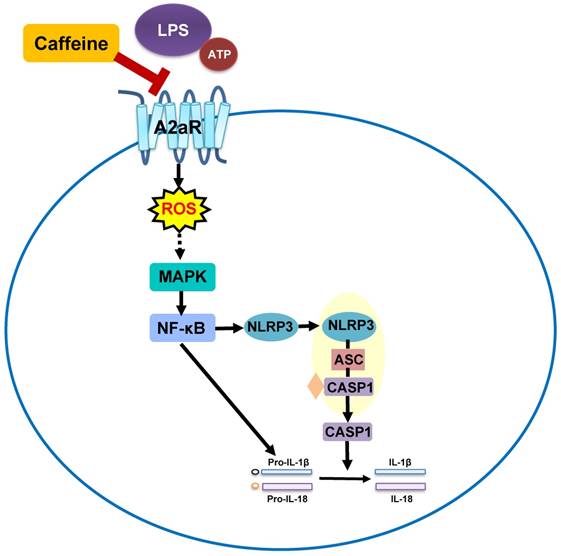
Caffeine Inhibits NLRP3 Inflammasome Activation by Suppressing MAPK/NF-κB and A2aR Signaling in LPS-Induced THP-1 Macrophages

BMDC secrete mature IL-1β following LPS priming and ATP. Day 8 BMDC at... | Download Scientific Diagram
